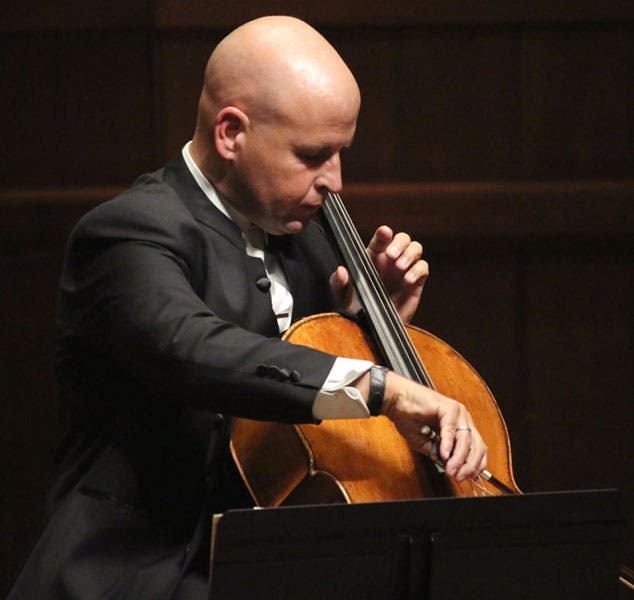Scientist of the Day - Alexander Kyd and Robert Kyd
Alexander Kyd, a British officer, died Nov. 25, 1826, which provides the occasion for this post; the date and year of his birth are unknown. Alexander was a removed cousin of Robert Kyd, which is to say, Alexander's grandfather was the brother of Robert's father. Robert is the one who really belongs in a history of science blog. Robert worked for the British East India company (second image). In 1786, he proposed that a botanical garden be founded in Calcutta, for the purpose of domesticating tropical plants that heretofore had been controlled by the Dutch East India Company, and from there, distributing them to the rest of the world. His suggestion was approved, and Robert Kyd had the Royal Botanic Garden of Calcutta up and running by 1787, and within another fifty years, it was the principal source of tropical plants for much of the rest of the world. Or so said Joseph Hooker, Charles Darwin's best friend, upon his visit to Calcutta in 1848.
The Garden, now known as the Acharya Jagadish Chandra Bose Indian Botanic Garden, is still flourishing, and is best known today for housing the largest banyan tree in Asia: (what looks like a large grove in this photo is in fact a single tree, covering several acres). There is a memorial urn for Robert Kyd still on view in the garden today (third image).
Alexander, a generation younger than Robert, also worked for the East India Company as an officer in their Bengal Engineers. We have no portrait of Alexander, and we know little about his career, except that he rose to the rank of general, and that somehow, between 1793 and 1817, he managed to acquire five precious stringed instruments – 3 Stradavarii, an Amati, and a Guarneri. There has to be an interesting story behind these acquisitions; for example, was it a coincidence that Robert died in 1793, and Alexander acquired his first instrument in 1793? However, I have been unable to bring any of the details to light. We know that Alexander somehow met Ludwig van Beethoven in 1816 and tried to commission a symphony from him for the London Philharmonic. Unfortunately, he requested it be in the style of Symphonies 1 and 2, and since Beethoven had just finished Symphony no. 8, he was properly offended, and
But one of his General Kyd's instruments has a story of its own to tell. Kyd owned a Stradivari cello, made in Cremona in 1684 (first image). It passed through several hands after Kyd's death, and then into the possession of Leo Stern, a late Victorian cellist. He played it at the premier performance of Dvorak's Cello Concerto in B minor, in London in 1896. Its history was apparently well known, because the cello was referred to as the "General Kyd." The instrument no doubt had a distinguished performing career through the 20th century, but we skip ahead to 2004, by which time, the General Kyd was in the instrumental armory of the Los Angeles Philharmonic. One day in 2004, the principal cellist, returning late from a concert, left the cello in its case on his front porch, and it was stolen by, of all things, a passing cyclist. The cello was apparently too much for this thief on wheels to handle, for several days later, a nurse found the case, cello inside, leaning on a dumpster. She took it home and was going to have her carpenter boyfriend put hinges on the front and convert it to a CD rack. However, sometime later, before they could break out the saber saw, she saw a news story about the theft, and the cello was returned to its owners, where it was no doubt embraced by one relieved cellist, no longer in danger of being docked a cool $3.5 million for his mindlessness.
We hear nothing of the General Kyd for 12 years – it did not emerge unscathed from its trip-to-the-dumpster escapade – but then it re-emerged in 2016 at a cello festival in Los Angeles, having spent almost two years in rehab (fourth image). The surgery was apparently successful, and all agree that it is once again a splendid instrument.
The theft and recovery of the General Kyd in 2004 and its re-emergence in 2016 are well documented on the web. You can watch a video of the 2004 news conference when the cello was first recovered. An LAPD website had four photos of the recovered cello, its case, and the cellist who left it on his porch. There is a website that shows all the cellos at the Piatigorsky Festival of 2016, which includes some photos of the General Kyd (and note the first photo, which shows all the cellists on stage at once. That must have been a sight, and a treat for the ears!). The best video of all is one that shows Seattle luthier Rafael Carrabba restoring a Stradivari cello in 2016. The General Kyd is not mentioned by name, but since Carrabba was indeed the one who restored the General Kyd, there is not much doubt about what cello is featured in this video.
Dr. William B. Ashworth, Jr., Consultant for the History of Science, Linda Hall Library and Associate Professor emeritus, Department of History, University of Missouri-Kansas City. Comments or corrections are welcome; please direct to ashworthw@umkc.edu.







![Using an astrolabe to measure the depth of a well, woodcut in Elucidatio fabricae vsusq[ue] astrolabii, by Johannes Stöffler, 1513 (Linda Hall Library)](https://assets-us-01.kc-usercontent.com:443/9dd25524-761a-000d-d79f-86a5086d4774/a998eb50-55d2-4a88-ace2-a50aa5fa86e7/Stoffler%201.jpg?w=210&h=210&auto=format&fit=crop)

